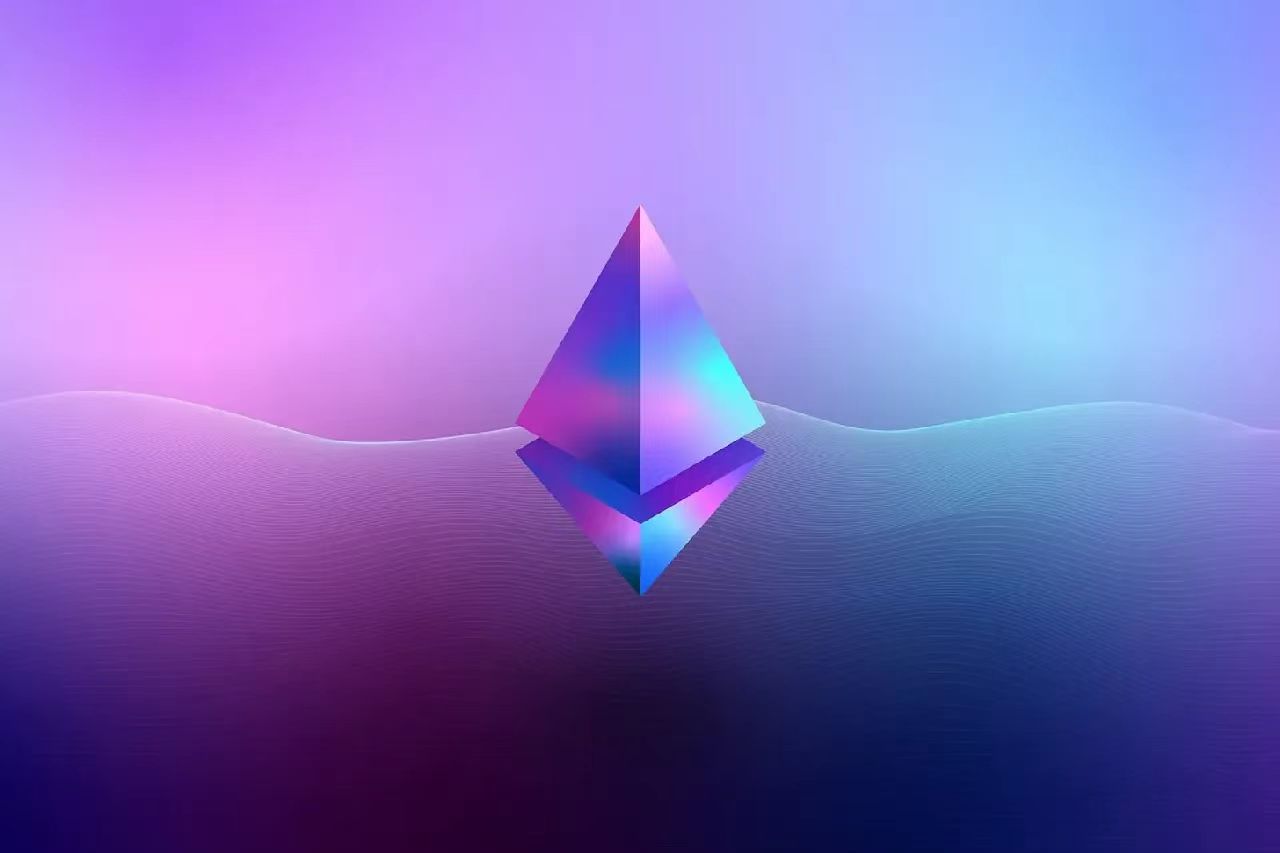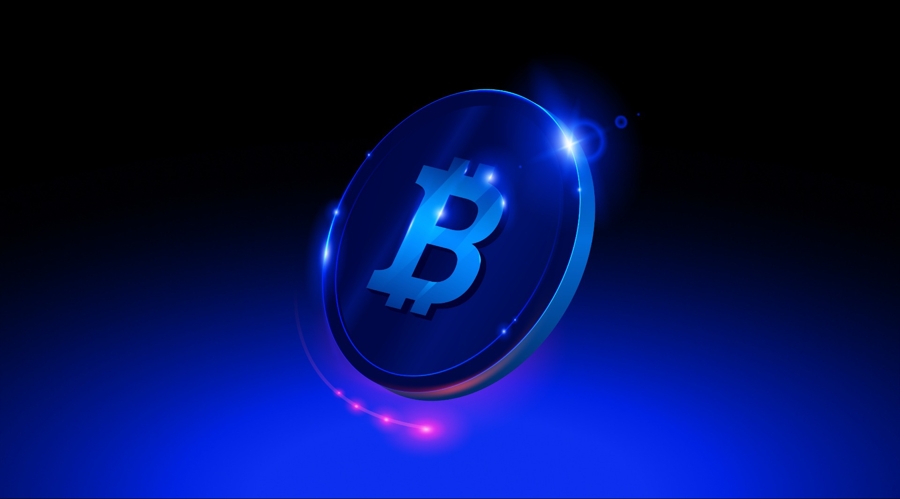Author: Daniel Li, CoinVoice
When it comes to the development of blockchain and cryptocurrencies, Ethereum has always been in the spotlight. As the largest smart contract platform, it has been driving the development of decentralized applications. However, as blockchain technology continues to evolve and user needs grow, Ethereum faces multiple challenges such as capacity expansion. In order to solve these problems and make Ethereum more robust and sustainable, the Ethereum community is expected to conduct a major upgrade in November this year - the Ethereum Cancun Upgrade.
The Ethereum Cancun upgrade is regarded as a milestone event in the Ethereum upgrade route. This upgrade will form a "two-wheel drive" expansion model by introducing sharding technology and the previously used Rollup solution. The Cancun upgrade can not only solve the performance bottleneck problem faced by the current Ethereum network, but also lay the foundation for future in-depth upgrades. This article will focus on the new technologies and protocols introduced in the Ethereum Cancun upgrade and explore the impact of this upgrade on the entire Ethereum ecosystem?

The road to expansion of Ethereum
With the increase of data on the chain, Ethereum, as the world's largest smart contract platform, is responsible for the storage and settlement of most of the data. This has placed higher demands on the transaction speed and throughput of the Ethereum main network. Therefore, solving the transaction speed and expansion issues of Ethereum has always been the focus of Ethereum developers and community staff. To do this, they came up with different solutions.
The first solution is to use Sharding (sharding technology) on the first layer (Layer 1) to achieve capacity expansion. Sharding technology is ranked as the third part in Ethereum's upgrade roadmap after the launch and merger of the beacon chain. It is the most critical and important part of the entire Ethereum upgrade roadmap. The core idea of the scheme is to split the Ethereum main chain into different shards and randomly rotate validators between these shards. Each shard is essentially its own mini-blockchain and runs in parallel with the beacon chain. Through sharding technology, Ethereum is able to significantly increase transaction throughput and scalability to meet growing user needs.
However, implementing shard expansion is not a simple task. It involves solving a series of complex issues such as communication between shards, the design of consensus mechanisms, and the allocation of validators. It requires a lot of research and experiments and is far from being truly realized. It will take a long time. In the Ethereum upgrade roadmap, the sharding solution is divided into three stages: Pro-Danksharding (EIP-4844), Proposer-Builder Separation (PBS), and Complete Sharding (Danksharding). The current upcoming Cancun upgrade core EIP-4844 is the first step towards Ethereum's sharding expansion.
The second solution is to achieve capacity expansion at Layer 2. Among them, the mainstream Layer 2 expansion technology is Rollup. Unlike sharding technology, Rollup does not decompose the Ethereum main chain into its own mini-blockchain, but instead acts as a mini-blockchain based on the first layer of Ethereum. The way Rollup works is to put a batch of packaged data into Layer 2 for execution, and then compress the execution results and transaction data and send them back to Layer 1. The advantage of Rollup is that it significantly improves transaction fees and transaction speed. Compared with the Ethereum main network, Layer 2 transaction fees can be reduced by 3 to 8 times, and transaction speeds can be increased by thousands of times.
Currently, the mainstream Rollup solutions are divided into Optimism Rollup and ZKRollup. Optimism Rollup is considered a short-term solution, while ZKRollup is considered a long-term solution. However, the Rollup solution has a fatal flaw, that is, the Rollup data receipt still needs to communicate with the first layer. Even with compression algorithms, large-scale receipts increase storage costs for first-tier nodes. Therefore, the expansion limit of Rollup is limited by the throughput of the first layer, and unlimited expansion cannot be achieved.
In order to give full play to the advantages of the two technical routes, Ethereum has adopted a progressive upgrade plan. First, rapid expansion is achieved through second-layer rollup and other technologies to meet short- and medium-term market needs. At the same time, the Ethereum R&D team is also advancing research on sharding technology. The soon-to-be-released EIP-4844 is an expansion plan around Rollup, which can be seen as an accelerator for Rollup. It is also the first step in Ethereum’s sharding expansion, paving the way for complete sharding in the future. Through the combination of the second-layer optimization and the first-layer sharding technology, Ethereum has launched a "two-wheel drive" expansion model, which not only lays the foundation for Ethereum to achieve larger-scale application popularization, but also provides a platform for continuous growth. It provides solid technical support for market demand and the sustainable development of the industry.
What technologies will the Cancun upgrade bring?
Cancun Upgrade is an important upgrade for Ethereum that will introduce a number of technologies and protocols to improve the scalability and security of the Ethereum network. Here are some specific technologies and protocols that the Cancun upgrade will bring, detailed below:

EIP-4844:
EIP-4844 is an improvement proposal for Ethereum aimed at reducing transaction fees. It introduces a new transaction type called Blob Carrying Transaction. These transactions are similar to regular transactions but contain additional collections of data, called blobs.
The size of the blob is quite large (about 125KB) and is more economical than the current method of storing calldata. By temporarily storing these blobs on the Ethereum consensus layer, EIP-4844 can significantly reduce the cost of aggregating data to the Ethereum base layer, thereby reducing transaction fees. In addition to introducing blob carrying transactions, EIP-4844 will also implement other system changes such as execution layer logic, verification rules, multi-dimensional fee markets, etc. to meet the need for complete danks sharding in the future.
It is important to note that although EIP-4844 contains most of the complete danks sharding logic, it does not implement any actual sharding itself. However, EIP-4844 is still able to bring scalability and cost savings benefits to Ethereum, bringing it closer to the cost and throughput levels needed to achieve mass adoption.
EIP-1559:
EIP-1559 is another important proposal for Ethereum that will be implemented in the Cancun upgrade. It aims to improve Ethereum’s transaction fee model, improving user experience and network predictability. EIP-1559 introduces a dynamic fee market based on supply and demand, which includes base fees and variable fees. Base fees are burned, which helps reduce Ethereum’s inflation. Variable fees adjust based on the size of the transaction volume to provide more reasonable transaction fees and encourage users to conduct more efficient transactions.
Shard Blob Transaction:
Under the framework of Proto-DankSharding, a new transaction type called Shard Blob transaction is introduced. This transaction type allows Rollup to submit data to blobs and append them to blocks. A Shard Blob transaction can contain up to two blobs, and each block can contain 8 to 16 blobs, with each blob being approximately 1MB to 2MB in size. This new transaction type reduces the cost of data storage and transmission, bringing higher throughput and lower transaction costs to the Ethereum network.
KZG polynomial scheme:
During the transaction process, the KZG polynomial scheme (named by Kate, Zaverucha, and Goldberg) was introduced to verify the transaction data published in the blob. KZG is a zero-knowledge verification system that can verify without revealing the entire contents of the blob. This verification mechanism ensures the integrity and credibility of transaction data.
In addition to the specific technologies and protocols mentioned above, the Cancun upgrade also includes some other important EIPs (Ethereum Improvement Proposals) to further improve the functionality and performance of Ethereum. Here are a few of the noteworthy EIPs:
- EIP-1159: This proposal aims to improve the transaction structure of Ethereum, introduce basic fees and optional extended data, and improve the efficiency and predictability of transactions.
- EIP-3198: This proposal proposes a new transaction type called "Fat" transaction that can contain multiple operations in one transaction, thereby reducing the number and cost of transactions.
- EIP-3541: This proposal introduces a new contract type called "Access Lists", which reduces the cost of contract interaction by optimizing the access rights management of contracts.
- EIP-3529: This proposal proposes a new contract creation and initialization mechanism called "Reduced Gas Cost for Empty Accounts", which reduces the cost of creating and initializing contracts.
- EIP-2930: This proposal introduces a new transaction type called "Repricing for state access opcodes", which reduces the cost of transactions by re-pricing state access opcodes.
What impact will the Cancun upgrade bring?
The Cancun upgrade is an important upgrade for the Ethereum network and will bring widespread impact. The goal of this upgrade is to prepare for a complete data sharding network and expand Rollup technology. This will have multiple impacts, including on the Ethereum network and Layer 2 network.
Cancun upgrade: Ethereum network performance will be greatly improved
The Ethereum network will receive several important improvements as a result of the Cancun upgrade. First, Proto-Danksharding is introduced, which will greatly improve the scalability of the Ethereum network. Currently, the Ethereum mainnet can only handle a limited number of transactions per second, leading to congestion and high gas costs. By introducing sharding technology, the Cancun upgrade will allow the Ethereum network to handle multiple shards simultaneously, significantly increasing transaction throughput. This will enable the Ethereum network to meet growing user demand and support more decentralized applications and transactions.
Secondly, the Cancun upgrade will also reduce transaction fees on the Ethereum network. In the current Ethereum network, users need to pay high gas fees to execute smart contracts and conduct transactions. This is not friendly enough for small transactions and ordinary users. However, the Cancun upgrade will reduce gas fees for transactions by introducing data "blobs" and implementing EIP-4844. This will make the Ethereum network more affordable, attract more users to participate, and promote wider adoption.
The Cancun upgrade will also enhance the security of the Ethereum network. The upgrade will strengthen the network's security infrastructure by taking measures such as EIP-6780. This will help protect users’ funds and data and reduce the risk of potential attacks on the network. Security is one of the key elements of blockchain networks, and the security enhancements in the Cancun upgrade will set a higher standard for the reliability of the Ethereum network.
Cancun Upgrade: Layer 2 ushers in new development opportunities
With the upcoming Cancun upgrade of Ethereum, Layer 2 will usher in new development opportunities. After the Cancun upgrade, the speed of Ethereum Layer 2 will be increased by 10 to 100 times, and transaction costs will also be reduced. This will allow Layer 2 to better integrate into the Ethereum ecosystem and provide users with a faster and lower-cost transaction experience. Whether it is Optimistic Rollup or ZK Rollup, they will benefit from the improvements brought by this upgrade.
First of all, the Cancun upgrade has improved the transaction speed of the Ethereum Layer 2 network, reduced transaction costs, and brought opportunities to Layer 2 solutions such as Optimistic Rollup and ZK Rollup. For Optimistic Rollup, transaction backup will be completed faster, improving the throughput of the overall network, and accelerating the development of its ecological projects. For ZK Rollup, the Cancun upgrade offers greater opportunities despite some technical challenges. ZK Rollup offers higher privacy and security, allowing users to conduct transactions with lower transaction fees without sacrificing security. With the implementation of the Cancun upgrade, the advantages of ZK Rollup will become more significant and it is expected to play a more important role in the Layer 2 network and provide users with more choices.
Secondly, the total locked-up volume (TVL) of Layer 2 has exceeded US$10.79 billion from US$5 billion in October last year. This shows that the market and investors have a positive attitude towards the future development of Layer 2. With the implementation of the Cancun upgrade, this data is expected to achieve greater breakthroughs. At the same time, some new Layer 2 projects that are about to be launched on the main network, such as Scroll and Taiko, will also get a good development opportunity.
Third, the increase in Layer 2 network speed and cost will greatly improve user experience, thereby attracting more users. This has significant implications for the development of decentralized applications (DApps). For example, DeFi products based on Layer 2 will be able to handle more transactions and provide a smoother experience. At the same time, industries such as games and social media also attach great importance to traffic and transaction experience, and they will also get better development opportunities.
Fourth, since Blob data can only be saved for a short period of time, there are problems with calling historical data. This will create a need for decentralized storage, and Layer 2 expansion solutions also require the use of a data availability layer. Therefore, the Cancun upgrade will also have a positive impact on the L1 storage expansion network (such as Eth storage, Arweave, and Filecoin Ethereum DA layer projects), thereby further promoting the development of decentralized application projects in the Ethereum ecosystem.
Overall, the Cancun upgrade is the first step in Ethereum’s expansion roadmap, which will greatly promote the development of the Layer 2 network through technological improvements and the effects it triggers. It is foreseeable that the Layer 2 network will become the main force of the Ethereum ecosystem in the future, providing users with better services. However, technological improvement is only a necessary condition for the success of Layer 2 networks. The key lies in developing mature and high-quality applications to truly solve users' pain points. Only in this way can Layer 2 maximize its value.











